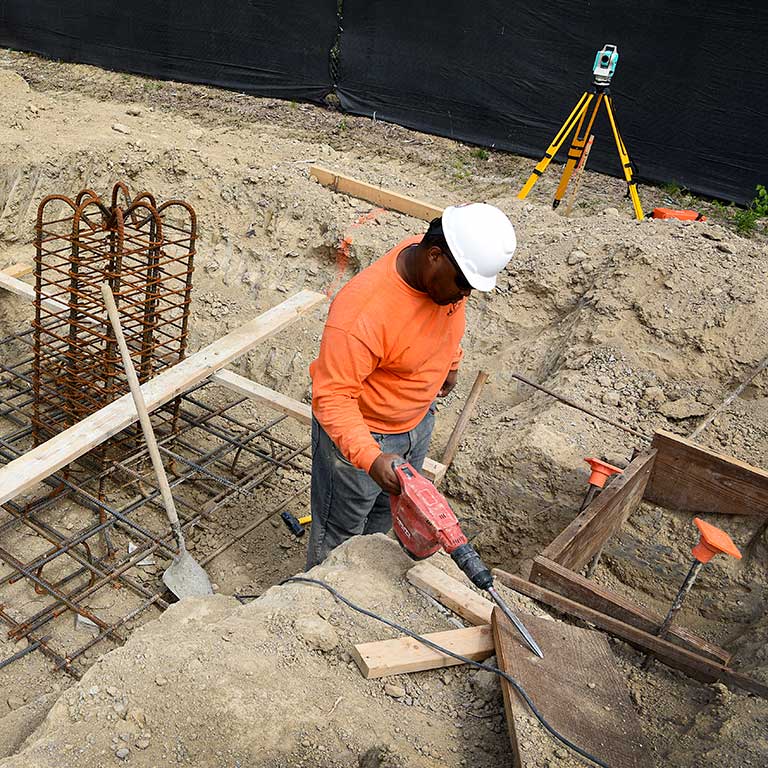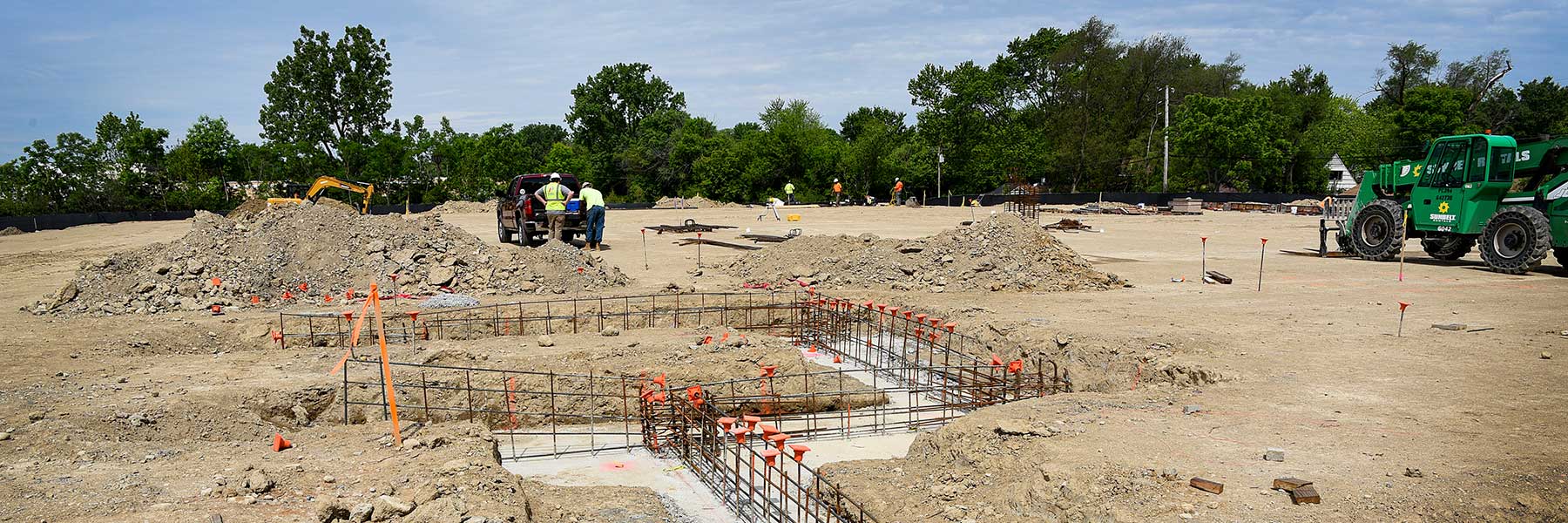Cook Medical is developing a medical device manufacturing facility on Indianapolis' northeast side with a number of community partners. Known as the 38th and Sheridan project, this development is focused on building stronger bonds between the company, its workforce, and the communities that surround the site. The project is based on a new model for community-engaged development that goes beyond traditional corporate social responsibility.
Its uniqueness is derived from both the level of collaboration and coordination between Cook and its development partners, as well as the ways in which this partnership is investing in economic opportunities for all and quality-of-life issues for the neighborhoods around this new manufacturing facility. Cook and its partners are approaching this development with a community viewpoint by seeking input directly from residents and advocates throughout each phase of the project.
Cook has identified an overarching objective of economically lifting the community while not forcing out current residents. This type of displacement often occurs when there is redevelopment in disinvested and underinvested urban areas. A first step toward this objective is to mandate that this development and the manufacturing operations—as well as other investments in community amenities, such as a full-size grocery store—will be built by and employ community residents to the greatest extent possible.
Cook and its partners engaged the IU Public Policy Institute to model the immediate and future economic impacts of the 38th and Sheridan project, provide a set of recommendations on instruments and metrics that will provide feedback on the project’s community impact and employment outcomes over time, and enable a long-term evaluation of this important and innovative project.

Key community-focused project details
- The project intentionally seeks to hire operations employees from the neighborhood and nearby community where the facility will be located and provide wraparound services, such as health and education support, to the employees and their families.
- The project seeks to hire construction workers from the community and supply services from local, minority-owned businesses. Construction workers also will receive upskilling support and services from Darden Group, a minority-owned construction management firm.
- The project development partners are working closely with each other, and they have clear roles for engaging with the community and its stakeholders. Each partner is focused on economically and socially empowering community residents to help them succeed over time.
- A portion of funds generated by facility rental profits will be reinvested into the community through a managed fund held by Central Indiana Community Foundation.
- The project will include construction of a full-size grocery store, which has been identified as an important community need. The grocery store also will be operated by local residents who have operated a small grocery store and who will receive training and support to successfully own and operate the new full-size store.
Preliminary economic impact
$24 millionConstruction-related economic contribution in Marion County
$3.1 millionEstimated annual wages of 100 full-time workers
$25.9 millionDirect, indirect, and induced spending per year from Cook's 100 full-time employees
$4.1 millionWages and benefits from jobs created from purchases of supplies and services, plus employee spending
Summary of key project recommendations
PPI researchers highlighted key opportunities for maintaining good community partnerships, addressing existing community challenges, and mitigating possible negative effects of the development:
- Hire a dedicated community liaison to complement the relationship with the United Northeast Community Development Corporation, maintain relationships throughout the community, and share information with community members.
- Expand and deepen community engagement networks to reach all residents.
- Conduct an annual or biannual area-wide assessment to track high-level changes over time.



